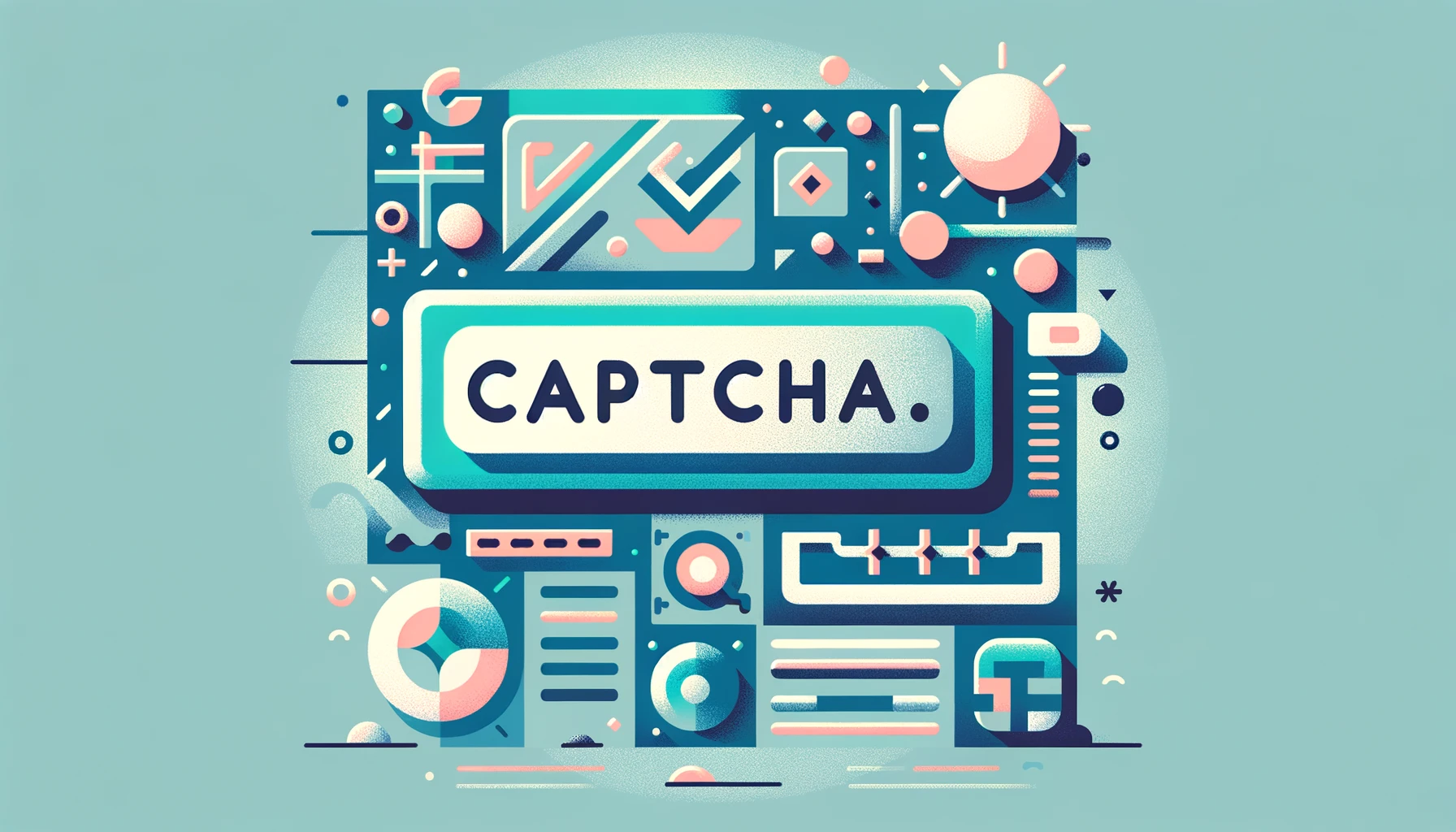Pinjaman TEKUN: Skim Pembiayaan Untuk Usahawan
Pinjaman TEKUN merupakan satu inisiatif yang diperkenalkan oleh kerajaan Malaysia untuk membantu usahawan kecil dan sederhana (UKS) dalam membangunkan perniagaan mereka. Ia diuruskan oleh Tabung Ekonomi Kumpulan Usaha Niaga (TEKUN Nasional), sebuah agensi di bawah Kementerian Pembangunan Usahawan dan Koperasi (MEDAC). Pinjaman ini bertujuan untuk menyediakan pembiayaan kepada UKS yang menghadapi kesukaran untuk mendapatkan pinjaman … Read more

